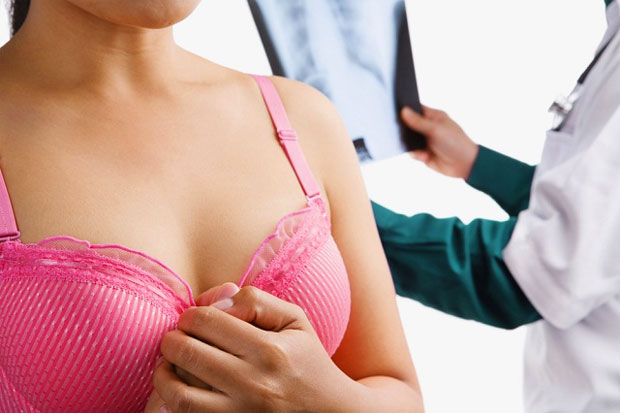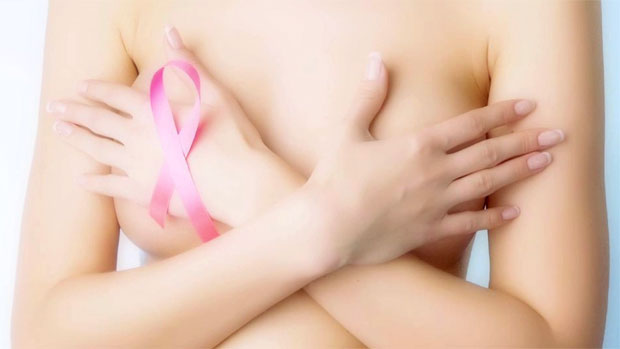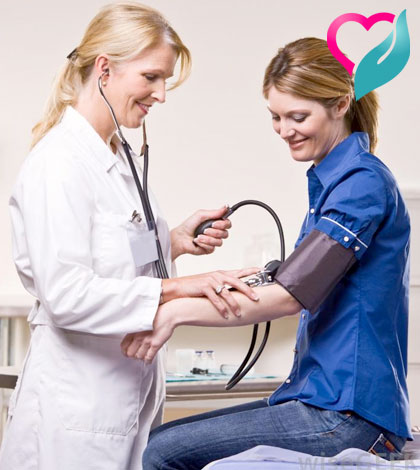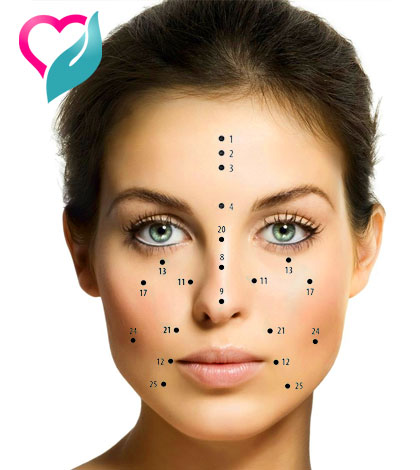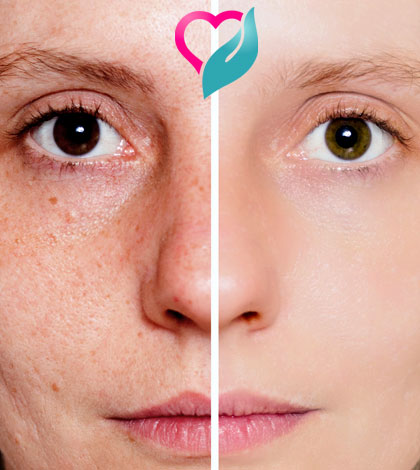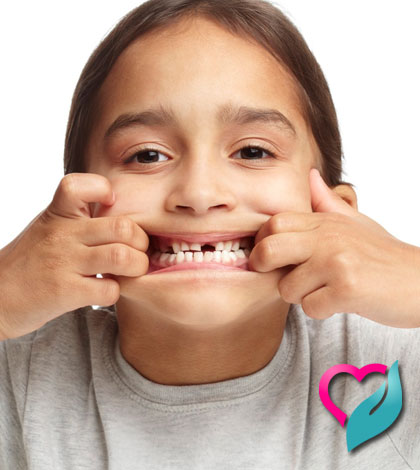Numerous scientific articles are published each year about breast cancer and its prevention. However, the basic question gets a very little attention. What can women do to reduce the risk?
[wp_ad_camp_1]
Breast cancer has almost achieved a celebrity status after Angelina Jolie decided to undergo prophylactic bilateral mastectomies (removal of both breasts) because she had learned that she was a BRCA gene mutation carrier which had an 85% lifetime risk of breast cancer.
Breast cancer is a complex disease, and many factors contribute to it. The following points explain some things you can do to help prevent this dreadful disease.
[wp_ad_camp_4]
Read more about breast cancer prevention and the role of the following factors.
- Vitamin D
- Bra-wearing habits
- Childbearing & breastfeeding
- Iodine
- Insulin resistance & carbohydrates
- Omega-3 fats
- HRT, estrogen, and flaxseed
- Pesticides
- Vitamin E
- Soy
- Oxytocin
Vitamin D and Sunlight
Breast cancer mortality rates are generally high in the northeast and urban areas, and lowest rates in the south and rural areas. This is explained by the variation in sunlight and the subsequent vitamin D production. The rate of breast cancer appears to decrease by approximately 30% when vitamin D levels are sufficient.
There has been a lot of new research on vitamin D in recent years, and vitamin D is now emerging as one of the most important factors in cancer prevention in general, and in breast cancer prevention in particular. In fact, some people believe that 90 % of ordinary breast cancer is related to vitamin D deficiency, and breast cancer has been described as a “vitamin D deficiency syndrome”.
[wp_ad_camp_2]
Bra-wearing Habits
In a study by Singer and Grismaijer in 1995, 3 out of 4 US women studied who wore a bra for 24 hours a day developed breast cancer compared to 1 out of 168 who wore a bra rarely or never. That is a huge difference, and the implication is clear: women need to limit how many hours a day they wear a bra for their breast health’s sake. Bras can restrict the flow of lymph within breast tissue, thereby hindering the normal cleansing process of the breast tissue. Many environmental toxins and pesticides that cause and promote cancer are “fat-loving” and thus reside in the breast tissue. Lymph fluid carries away waste products, dead cells, and toxins.
Childbearing and Breastfeeding
A popular study published in the prestigious journal Lancet that reviewed data from 47 epidemiological studies in 30 countries has clearly confirmed that childbearing and breastfeeding lower breast cancer risk substantially.
Breastfeeding acts in several ways in protecting women from breast cancer. Breastfeeding suppresses menstrual cycles, which means less estrogen exposure. The lymph system within breasts, which is important in keeping the breast tissue clean, only develops fully during pregnancy. And, baby’s suckling keeps the mother’s oxytocin levels high.
Iodine
Many studies show an association between a variety of thyroid disorders and breast cancer. Then, there is the fact that iodine can be used to treat fibrocystic breast changes. It has been shown that iodine can inhibit breast tumor development. Also, Japanese women have a relatively low rate of breast cancer- and they consume a diet containing iodine-rich seaweed. And, so called “goiter belts” (regions where goiter is extremely prevalent, due to low levels of iodine in the water and diet) have higher than average cancer rates.
However, you have to be careful with iodine, because too much of it can also cause problems. We all need some, and many people are deficient in it; however please consult a good doctor before taking large quantities of it, especially if you have any pre-existing health conditions.
Insulin Resistance & Carbohydrates
Obesity has long been recognized as a risk factor for breast cancer. Recent research is starting to unveil a bigger picture where obesity, a condition called insulin resistance/ hyperinsulinemia, higher estrogen levels, and insulin-like growth factor I are all connected, and act synergistically. The exact causal mechanism is yet uncertain and under study.
People with insulin resistance or hyperinsulinemia (also called syndrome X) have high levels of insulin in their blood because the cells in their body are resisting insulin so the pancreas produces more to counteract the resistance. This condition is caused by eating too much carbohydrates that digest rapidly, like bread, potatoes, rice, corn, baked goods, pop and other sugary drinks, cakes, cookies, most desserts, and some sweet fruits (foods with high glycemic index).
The remedy to hyperinsulinemia is to change the diet towards foods with low glycemic index, protein foods, and vegetables. Also, exercise works wonders in lowering insulin levels.
Omega-3 fats and Breast Cancer
The evidence is very compelling that consuming omega-3 fatty acids helps prevent breast cancer, and that the ratio of omega-6 to omega-3 fats in diet is important. The typical western diet contains too much omega-6 fats compared to omega-3s: while the typical diet can contain up to 20 times as much omega-6 fats as it does omega2s, the optimum ratio for health is more like 4:1 or even lower. The beneficial omega-3 fats won’t work nearly as well in protecting you from cancer if the diet contains lots of omega-6 fats. This is also a major factor in heart disease.
Omega-6 fats are found in refined cooking oils, such as soy oil, corn oil, sunflower, safflower oil, in margarine, and in all processed foods that use these. Omega-3 fats are found in flaxseed, walnuts, and in oily fish, like sardines, salmon, trout, and mackerel.
[wp_ad_camp_3]


